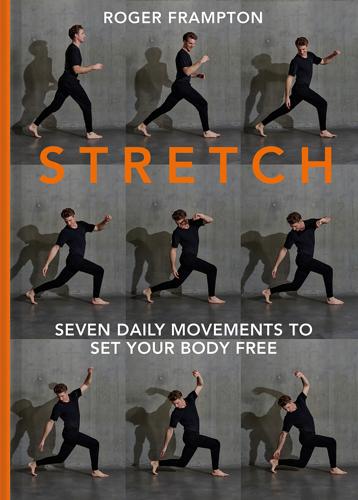
Stretch
by
Roger Frampton
Alternatively, if you don’t want to spend any money, you can of course use a book instead of a block, a couple of towels instead of a mat and a belt instead of a strap. MY TED TALK ‘WHY SITTING DOWN DESTROYS YOU’: https://bit.ly/3jYvFAB Perhaps you just grabbed this book from the shelf at your local bookstore or came across it online and don’t really know much about my backstory or why I’m all about stretching. My TED talk, aptly named ‘Why Sitting Down Destroys You’, has been viewed, at the time of writing, by over 3 million people. If you’d like to watch the 13-minute talk where I discuss my childhood idol, you can find this on YouTube.
…
Kids copy what they see, rather than what we tell them to do. They are much more likely to move intuitively and respect their bodies’ natural movement if they see the adults around them doing the same. This is why, when parents come to me and ask: ‘What can I do to make sure my kid moves the best?’, I say, ‘lead by example’. In fact, my TED talk ended with this statement: ‘We should lead by example and move like them’. And where should we start with that? Right where we began. By integrating the essential stretches into our lives and regaining full access to our bodies. Whatever we practise, we get better at. If we run all the time, we become better at running, if we swim or cycle consistently, our bodies adapt to help us become better at those activities.
…
As far as I was concerned, or could remember, I’d never been able to touch my toes, sit in a squat or even to sit comfortably on the floor without my knees hurting, or my back rounding. I didn’t know it at the time, but I’d just had a pivotal conversation. It marked the beginning of something not only special and life-changing for me personally, but that literally millions of people around the world would eventually hear me speak about in my TED talk. I was a fit but very stiff guy (who aspired to be like Arnold Schwarzenegger) who realized in a gym class that he’d unwittingly sacrificed the primal movements he had started life with. From that day on my life changed. I started to understand what Alex meant by getting it ‘back’. I suddenly began to notice little kids in the park, on the street and in cafés, sitting and playing happily in a squat position.

Without Their Permission: How the 21st Century Will Be Made, Not Managed
by
Alexis Ohanian
Published 30 Sep 2013
But in the right hands, this much-maligned communication tool can actually be incredibly entertaining (and even informative). The problem is, most people don’t understand how to use it, which sets the bar for PowerPoint presentations really low. Here’s my philosophy: lots of big pictures, text, and tons of slides. For my TED talk, I had room for no more than a few words on each slide—and they had to be in 86-point type, minimum. Forty-two slides—a good sign,3 even though it meant I had only a little more than four seconds for each slide. There was going to be a giant TED sign on the stage behind me. This could make or break my public speaking career.
…
Before the social web, we had little idea of what people actually thought about us—now we know, and when like-minded people band together, they wield a really big stick. The talk is over. Applause. Even a few “Woo!”s from the crowd. Nailed it. I’d given a few non-CompUSA talks before then, but once the video of my TED talk hit a million views and was front-paged on reddit,4 I became a known “public speaker.” I have a lecture agent now and get paid more for a speaking gig than I did for an entire year’s work at Pizza Hut. It’s a little bit insane, but then I remember that I’m still getting paid less than Snooki,5 which makes me really question things.
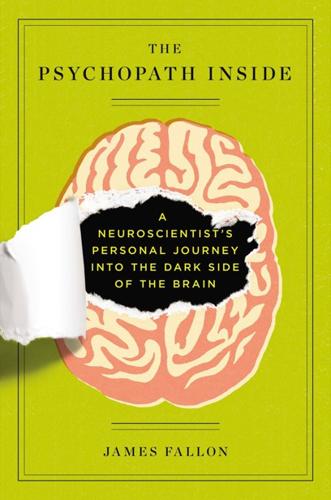
The Psychopath Inside: A Neuroscientist's Personal Journey Into the Dark Side of the Brain
by
James Fallon
Published 30 Oct 2013
Within a week he had already worked out a story line for the ninety-ninth episode of Criminal Minds (“Outfoxed”). I couldn’t believe what he said to me in our second conversation. He had already merged the story line of the serial killer of the episode, basically at high risk to become a psychopathic murderer even as a young child, with the scientific hypothesis I had discussed in my TED talk. He had managed to understand my concept of how the decades and centuries of violence in the Balkans and high-risk genetics would give rise to transgenerational violence and produce a serial killer. And he added the twist that the serial killer turned out to be a woman who beat the odds and had the high-risk MAOA gene variant on both X chromosomes, and had experienced severe violence in her youth.
…
My life, however hypomanic and wonderful, was a serotonin catastrophe, and one that screamed of a lower temporal lobe in distress. And if the lower, or inferior, temporal lobe (including the amygdala) was in distress, then the inferior frontal lobe and its connection in the insula would be a bit out of whack, too. This wackiness was evident in my PET scans—as Amy Arnsten had suggested after seeing my TED talk. My psychological world was starting to make sense. After Oslo I continued to think about other ways my funky monoamine system explained my experiences. In a panel event titled “Madness Redefined” at the 2012 World Science Festival, the depression expert and author Kay Redfield Jamison, the psychiatric and legal expert Elyn Saks, and I talked about why so many people with bipolar disorder display such bursts of creativity, and how they are overrepresented in the arts, music, theater, and sciences.
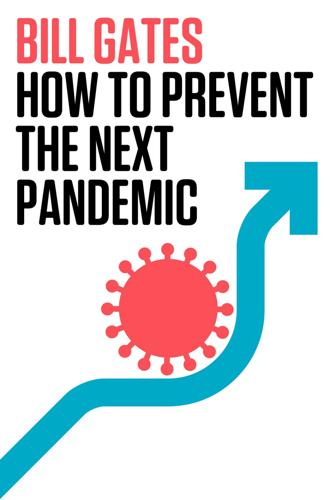
How to Prevent the Next Pandemic
by
Bill Gates
Published 2 May 2022
Although CEPI and the Seattle Flu Study were good investments that helped when COVID came, not much else was accomplished. More than 110 countries analyzed their preparedness and the WHO outlined steps to close the gaps, but nobody acted on these assessments and plans. Improvements were called for but never made. Six years after I gave my TED talk and published that NEJM paper, as COVID-19 was spreading around the world, reporters and friends would ask me if I wished I had done more back in 2015. I don’t know how I could have gotten more attention on the need for better tools and practice scaling them up rapidly. Maybe I should have written this book in 2015, but I doubt many people would have read it
…
Not only would it create a system for testing lots of volunteers and sequencing lots of viral genomes, but—subject to privacy safeguards—the sequencing data would be linked to information about the people it came from. And the near-real-time, citywide flu map that the project was going to create would be a game changer for detecting and stopping outbreaks. I thought the Seattle Flu Study was an ambitious and unique idea, and it had a chance to make progress on some of the problems I had called out in my TED talk years before. I agreed to fund it through the Brotman Baty Institute, a research partnership between Fred Hutch, the University of Washington, and Seattle Children’s. The team quickly got to work on the infrastructure they had envisioned. They created a system to develop and prove a new diagnostic test, process and share the results, and perform quality checks to make sure all the work was valid.
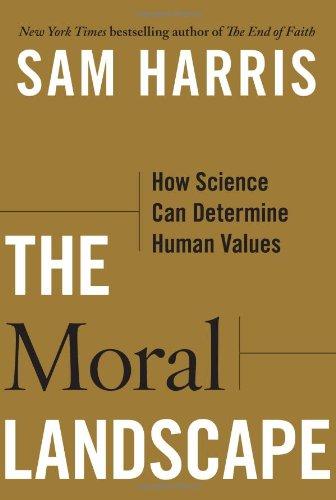
The Moral Landscape: How Science Can Determine Human Values
by
Sam Harris
Published 5 Oct 2010
In February of 2010, I spoke at the TED conference about how we might one day understand morality in universal, scientific terms (www.youtube.com/watch?v=Hj9oB4zpHww). Normally, when one speaks at a conference the resulting feedback amounts to a few conversations in the lobby during a coffee break. As luck would have it, however, my TED talk was broadcast on the internet as I was in the final stages of writing this book, and this produced a blizzard of useful commentary. Many of my critics fault me for not engaging more directly with the academic literature on moral philosophy. There are two reasons why I haven’t done this: First, while I have read a fair amount of this literature, I did not arrive at my position on the relationship between human values and the rest of human knowledge by reading the work of moral philosophers; I came to it by considering the logical implications of our making continued progress in the sciences of mind.
…
And even if minds were independent of the physical universe, we could still speak about facts relative to their well-being. But we would be speaking about some other basis for these facts (souls, disembodied consciousness, ectoplasm, etc.). 24. On a related point, the philosopher Russell Blackford wrote in response to my TED talk, “I’ve never yet seen an argument that shows that psychopaths are necessarily mistaken about some fact about the world. Moreover, I don’t see how the argument could run.” While I discuss psychopathy in greater detail in the next chapter, here is such an argument in brief: We already know that psychopaths have brain damage that prevents them from having certain deeply satisfying experiences (like empathy) that seem good for people both personally and collectively (in that they tend to increase well-being on both counts).
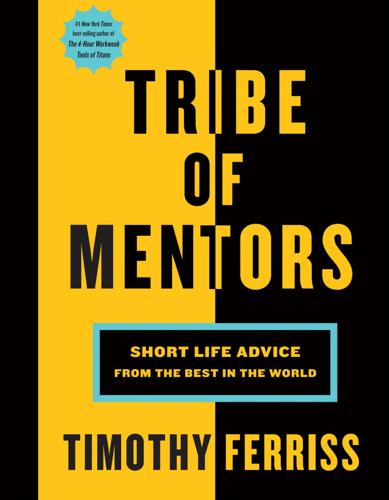
Tribe of Mentors: Short Life Advice From the Best in the World
by
Timothy Ferriss
Published 14 Jun 2017
I’m not perfectly on this schedule and sometimes fall off the wagon, but when I can manage to pull it off, it’s better for me for a few reasons: Most people do their best work in the morning, and I’m no exception. Working later in the day kills your social life, since most social life happens between 7 p.m. and 11 p.m. on weekdays and on weekends. If you’re working in that time you suddenly become that friend who’s never available, which is horribly shortsighted and unwise. As I detailed in my TED Talk, I think we all have two main characters in our heads: a rational decision-maker (the adult in your head) and an instant gratification monkey (the child in your head who doesn’t care about consequences and just wants to maximize the ease and pleasure of the current moment). For me, these two are in a constant battle, and the monkey usually wins.
…
Being a woman of color who is paid to think, teach, and write, I’m underestimated a lot if people know nothing about my work. Meaning, people expect me to fail more often than I actually do. That perception of potential failure is a kind of fuel. I’ve learned to be grateful for it. I wrote The Rise and gave my TED Talk about it because I believe so strongly in the power of so-called failure, or being assumed as a failure, for pathbreaking innovative achievements. Martin Luther King Jr. did well in school, but his worst grades were in public speaking. Yes. Two Cs, in back-to-back terms. The list goes on, and I loved writing about them all in the book.
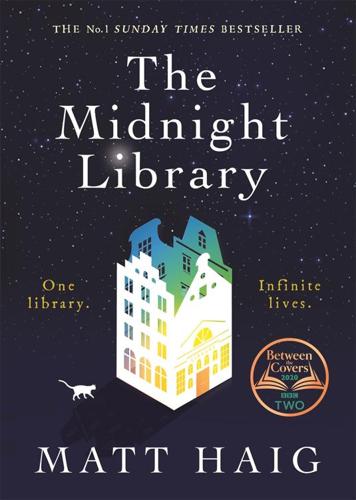
The Midnight Library
by
Matt Haig
Published 12 Aug 2020
It took a second, given the fact that he was smartly dressed in a blue cotton shirt and with hair far shorter than it was in his Bedford life, for her to realise it was Ravi. This Ravi looked friendly, but she couldn’t shake the knowledge of the other Ravi, the one who had stormed out of the newsagent’s, sulking about not being able to afford a magazine and blaming her for it. ‘You see, I know that you were expecting my TED talk on the path to success. But the truth is that success is a delusion. It’s all a delusion. I mean, yes, there are things we can overcome. For instance, I am someone who gets stage fright and yet, here I am, on a stage. Look at me . . . on a stage! And someone told me recently, they told me that my problem isn’t actually stage fright.
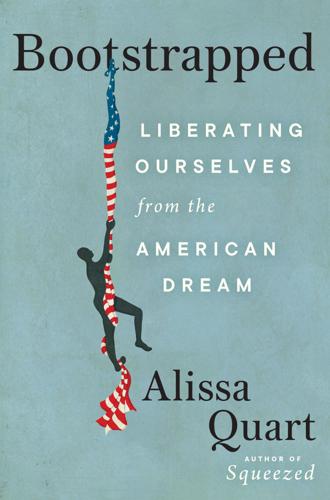
Bootstrapped: Liberating Ourselves From the American Dream
by
Alissa Quart
Published 14 Mar 2023
She watched Sandberg’s TED talk on women’s leadership, where the speaker opined on why there are so few women leaders while gesticulating with semaphore-like precision. (My favorite parody of a line from one of these ubiquitous talks appeared in an article by the scholar Jedediah Britton-Purdy: “‘Hello, there is literally nothing we can do to change the course of this global death cult, thank you for coming to my TED talk.’”) In that talk, Sandberg recounted her experience “pitching a deal” in a private equity office where she realized that she may have been “the only woman to have pitched a deal in this office in a year,” all to illustrate that only 15 percent of women make it to the “C-suite” and also, presumably, that Sandberg herself had made it.
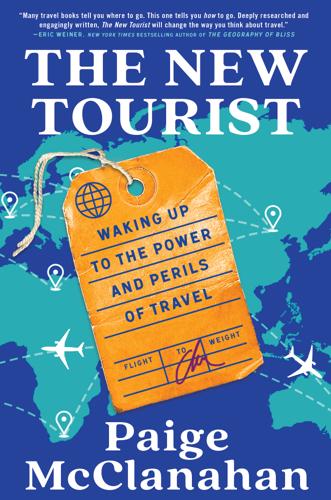
The New Tourist: Waking Up to the Power and Perils of Travel
by
Paige McClanahan
Published 17 Jun 2024
Until such a time where we, as a Native Hawaiian community, can come up with a strategy and have autonomy over these resources; until such a time where we, as a community, develop the infrastructure to ensure that our keikiI have something left for them—tourism will never be sustainable, and it will never be regenerative. “Mahalo for coming to my TED Talk.” Kū‘ike remains standing as the audience roars to life: a standing ovation. One week later, a Toyota pickup truck with blacked-out windows and a camouflage paint job pulls into the baking-hot parking lot at Waimānalo Beach Park. With the truck’s engine still running, Kū‘ike emerges from behind the steering wheel, walks a few steps to meet me on the curb, and shakes my hand.

Please Don't Sit on My Bed in Your Outside Clothes: Essays
by
Phoebe Robinson
Published 14 Oct 2021
How long does it take to say “I high-key fucks with myself”? Did we really need to trudge through beautiful language and imagery to read about him sounding his “barbaric yawp over the roofs of the world”? Bruh, take your yawps and wrap this shit up. We got places to be and people to see. This concludes my TED Talk. Come back next week when I drag F. Scott Fitzgerald for taking 218 pages to write about how the American dream is trash when The Great Gatsby could’ve been summed up in two words: “Duh, bitch!” But back to my point. Self-care has kind of always been centered around individualism, so I don’t want to pretend that it was this pure, enlightened concept that got sullied.

A World Without Work: Technology, Automation, and How We Should Respond
by
Daniel Susskind
Published 14 Jan 2020
Imagine asking how she makes such perceptive medical diagnoses. She might be able to give you a few hints, but ultimately she would struggle to explain herself. As Polanyi himself put it, very often “we can know more than we can tell.” Economists called this constraint on automation “Polanyi’s Paradox.” 24. This is the language I used in my TED talk entitled “Three Myths About the Future of Work (and Why They Are Wrong),” March 2018. See David Autor, Frank Levy, and Richard Murnane, “The Skill Content of Recent Technological Change: An Empirical Exploration,” Quarterly Journal of Economics 118, no. 4 (2003): 129–333. 25. Autor, “Polanyi’s Paradox and the Shape of Employment Growth.”

SuperBetter: The Power of Living Gamefully
by
Jane McGonigal
Published 14 Sep 2015
Do you think that’s true for you? And then the most powerful question to ask any gamer (because connecting is always better than escaping): Can I play with you? I’ve made it my mission to explain the difference between playing to escape and playing with purpose to as many gamers as possible—through my TED talks, my first book, in interviews, on Twitter, and anywhere else I can reach them. Through this work, I’ve had the opportunity to meet many gamers—and parents and spouses of gamers—who, simply by changing their mindset, have been able to make the leap from just playing games to being gameful in everyday life.